The Ministry of Statistics and Programme Implementation (MoSPI) released Annual Survey of Industries 2020-2022
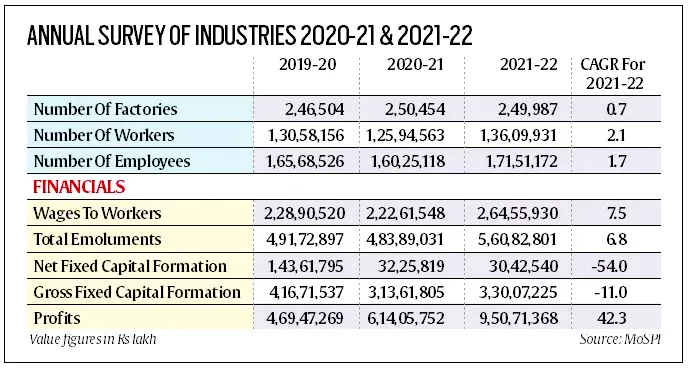 Gross Fixed Capital Formation:
Gross Fixed Capital Formation:Gross Fixed Capital Formation
|
|---|
News Source: The Indian Express
| Must Read | |
| NCERT Notes For UPSC | UPSC Daily Current Affairs |
| UPSC Blogs | UPSC Daily Editorials |
| Daily Current Affairs Quiz | Daily Main Answer Writing |
| UPSC Mains Previous Year Papers | UPSC Test Series 2024 |
The National Green Tribunal (NGT) directs the government to regulate RO-based water Purification Systems.
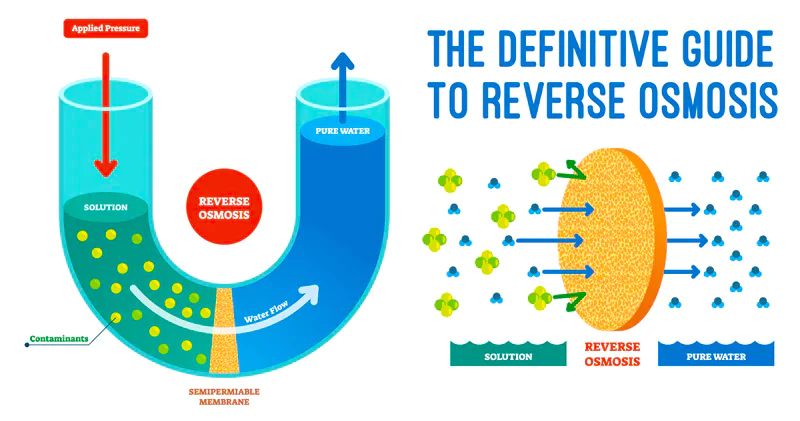
|
|---|
News Source: PIB
| Must Read | |
| NCERT Notes For UPSC | UPSC Daily Current Affairs |
| UPSC Blogs | UPSC Daily Editorials |
| Daily Current Affairs Quiz | Daily Main Answer Writing |
| UPSC Mains Previous Year Papers | UPSC Test Series 2024 |
Recently on the 75th anniversary of the establishment of the Supreme Court, the Chief Justice of India highlighted four issues within the legal profession.
Supreme Court Foundation Day
|
|---|
Significant Reforms Undertaken Within Indian Judiciary
|
|---|
| Must Read | |
| NCERT Notes For UPSC | UPSC Daily Current Affairs |
| UPSC Blogs | UPSC Daily Editorials |
| Daily Current Affairs Quiz | Daily Main Answer Writing |
| UPSC Mains Previous Year Papers | UPSC Test Series 2024 |
Recently, experts from the International Centre for Integrated Mountain Development (ICIMOD) called for ‘bold action’ and ‘urgent finance’ to prevent the collapse of nature in High Mountain Asia.
Intergovernmental Science-Policy Platform on Biodiversity and Ecosystem Services (IPBES)
|
|---|
News Source: Down to Earth
| Must Read | |
| NCERT Notes For UPSC | UPSC Daily Current Affairs |
| UPSC Blogs | UPSC Daily Editorials |
| Daily Current Affairs Quiz | Daily Main Answer Writing |
| UPSC Mains Previous Year Papers | UPSC Test Series 2024 |
In a reply in Lok Sabha, the Government outlined that 555 Asiatic lions died in 5 years.
Asiatic Lion Vs African Lion
|
|
Asiatic lion
|
African lion
|
Canine Distemper Virus (CDV)
|
|---|
| Must Read | |
| NCERT Notes For UPSC | UPSC Daily Current Affairs |
| UPSC Blogs | UPSC Daily Editorials |
| Daily Current Affairs Quiz | Daily Main Answer Writing |
| UPSC Mains Previous Year Papers | UPSC Test Series 2024 |
The Wildlife Institute of India and the Zoological Survey of India have been carrying out assessments of the black necked cranes.

World Wide Fund for Nature-India’s (WWF-India’s) Initiatives:
Wildlife Institute of India
Zoological Survey of India
World Wide Fund for Nature
|
|---|
News Source: Global Green News
| Must Read | |
| NCERT Notes For UPSC | UPSC Daily Current Affairs |
| UPSC Blogs | UPSC Daily Editorials |
| Daily Current Affairs Quiz | Daily Main Answer Writing |
| UPSC Mains Previous Year Papers | UPSC Test Series 2024 |
Recently, a parliamentary delegation from the Republic of Suriname called the President of India at Rashtrapati Bhavan.
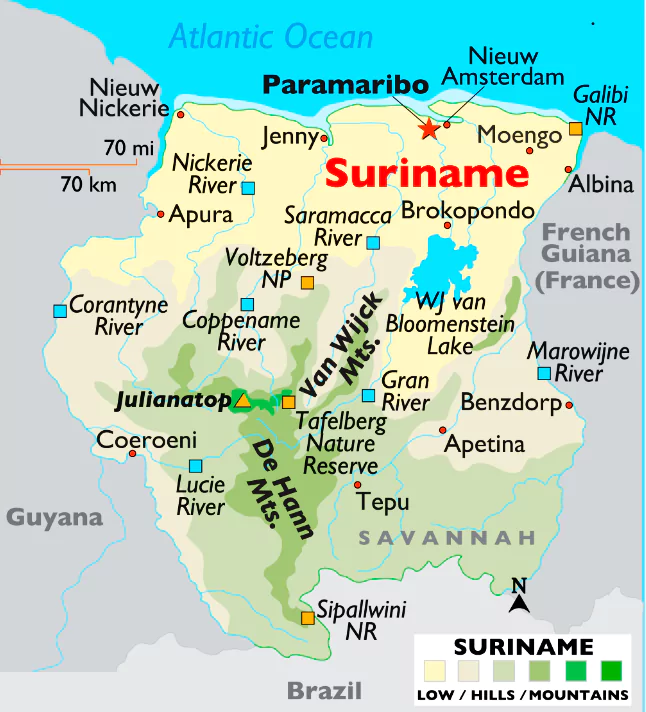 Capital: Paramaribo, located on the Suriname River.
Capital: Paramaribo, located on the Suriname River.News Source: PIB
| Must Read | |
| NCERT Notes For UPSC | UPSC Daily Current Affairs |
| UPSC Blogs | UPSC Daily Editorials |
| Daily Current Affairs Quiz | Daily Main Answer Writing |
| UPSC Mains Previous Year Papers | UPSC Test Series 2024 |
DRDO carries out successful flight trials of High-speed Expendable Aerial Target ‘ABHYAS’ from Integrated Test Range, Chandipur, Odisha.

Defence Research & Development Organisation (DRDO):
|
|---|
News Source: PIB
| Must Read | |
| NCERT Notes For UPSC | UPSC Daily Current Affairs |
| UPSC Blogs | UPSC Daily Editorials |
| Daily Current Affairs Quiz | Daily Main Answer Writing |
| UPSC Mains Previous Year Papers | UPSC Test Series 2024 |
Debt recovery tribunals are overloaded with cases, around 2.15 lakh pending before the tribunal.
Debt recovery tribunals (DRTs) are crucial in India’s financial landscape and their continued improvement is crucial for maintaining a healthy financial ecosystem.
News Source: NDTV
| Must Read | |
| NCERT Notes For UPSC | UPSC Daily Current Affairs |
| UPSC Blogs | UPSC Daily Editorials |
| Daily Current Affairs Quiz | Daily Main Answer Writing |
| UPSC Mains Previous Year Papers | UPSC Test Series 2024 |
This article is focused on Mangrove forests and the government action regarding their restoration.
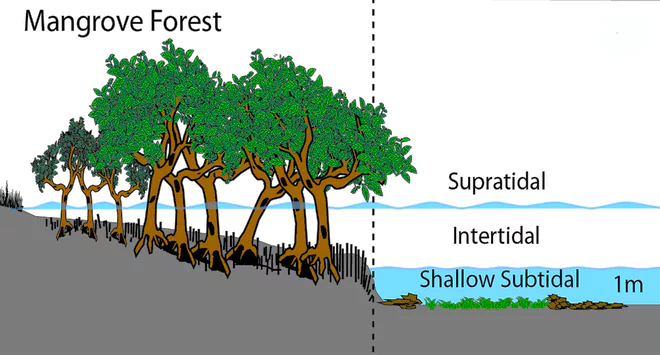
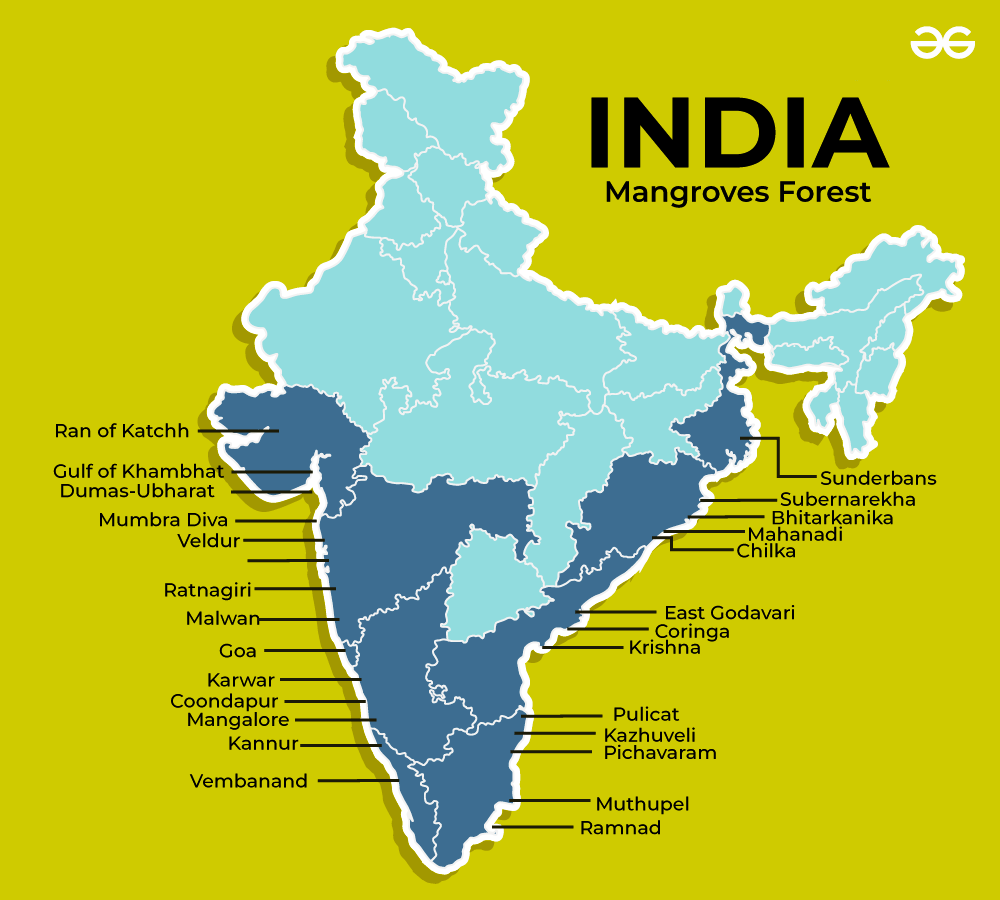
| State/UT | Very Dense Mangrove | Moderately Dense Mangrove | Open Mangrove | Total | Change with respect to ISFR 2019 |
| Andhra Pradesh | 0 | 213 | 192 | 405 | 1 |
| Goa | 0 | 21 | 6 | 27 | 1 |
| Gujarat | 0 | 2 | 11 | 13 | 3 |
| Karnataka | 0 | 2 | 11 | 13 | 3 |
| Kerala | 0 | 5 | 4 | 9 | 0 |
| Maharashtra | 0 | 90 | 234 | 324 | 4 |
| Odisha | 81 | 94 | 84 | 259 | 8 |
| Tamil Nadu | 1 | 27 | 17 | 45 | 0 |
| West Bengal | 994 | 692 | 428 | 2,114 | 2 |
| A&N Islands | 399 | 168 | 49 | 616 | 0 |
| D&NH and Daman & Diu | 0 | 0 | 3 | 3 | 0 |
| Puducherry | 0 | 0 | 2 | 2 | 0 |
| Total | 1475 | 1481 | 2036 | 4992 | 17 |
Source: IFSR Report 2021
News Source: PIB
| Must Read | |
| NCERT Notes For UPSC | UPSC Daily Current Affairs |
| UPSC Blogs | UPSC Daily Editorials |
| Daily Current Affairs Quiz | Daily Main Answer Writing |
| UPSC Mains Previous Year Papers | UPSC Test Series 2024 |
This article is based on the news “How to restore WTO’s authority” which was published in the Indian Express. The 13th Ministerial Ministerial Conference (MC13) of WTO is scheduled to be organised in Abu Dhabi from 26 February to 29th February 2024.
| Relevancy for Prelims: 13th Ministerial Ministerial Conference of WTO, General Agreement on Tariffs and Trade (GATT), Marrakesh Agreement, Agreement on Agriculture
Relevancy for Mains: India and World Trade Organisation (WTO): Background, Agreements, Significance, Issues, Challenges and Way Forward. |
|---|
Marrakesh Agreement
|
|---|
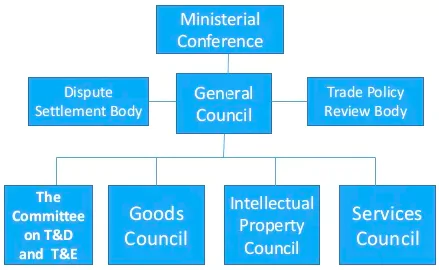

| Public Stockholding: It is a policy in which the government purchases and stores food staples to ensure their availability at affordable prices. It is used as a tool by many developing countries to mitigate food crisis caused by price vitality and food insecurity
Example: The MSP scheme. |
|---|
About G33 Countries
|
|---|
Peace Clause:
|
|---|
About Appellate Body
|
|---|
| Must Read | |
| NCERT Notes For UPSC | UPSC Daily Current Affairs |
| UPSC Blogs | UPSC Daily Editorials |
| Daily Current Affairs Quiz | Daily Main Answer Writing |
| UPSC Mains Previous Year Papers | UPSC Test Series 2024 |
This article is based on the news “Government introduced Public Examinations Bill 2024 in Lok Sabha” which was published in the All India Radio. The Government has recently introduced the Public Examinations (Prevention of Unfair Means) Bill, 2024 in the Lok Sabha.
| Relevancy for Prelims: Parliament Budget Session 2024 Live Updates, Union Budget 2024-25, Interim Budget 2024-2025, and Parliament Passes Three Criminal Law Reform Bills.
Relevancy for Mains: Public Examinations Bill 2024: Background, Need, Highlights, Challenges, and Way Forward. |
|---|
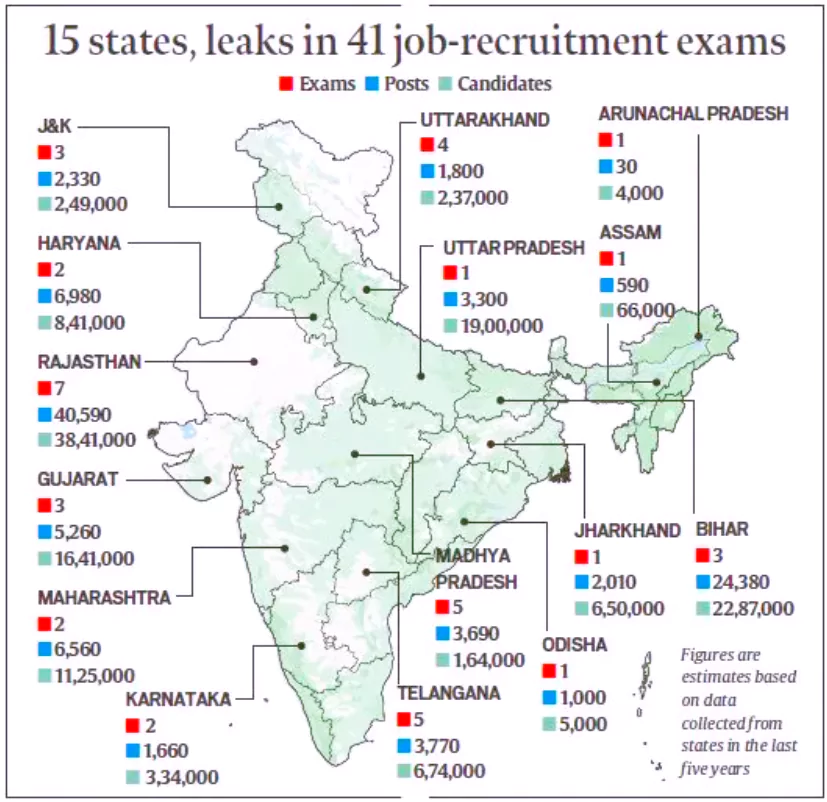 Constable recruitment examination in Bihar following question paper leaks.
Constable recruitment examination in Bihar following question paper leaks.
Anti Cheating Laws in States
|
|---|
Challenges Associated with Public Exams
|
|---|
Government Initiatives to Enhance Transparency in Examinations
|
|---|
News Source: NOA
| Must Read | |
| NCERT Notes For UPSC | UPSC Daily Current Affairs |
| UPSC Blogs | UPSC Daily Editorials |
| Daily Current Affairs Quiz | Daily Main Answer Writing |
| UPSC Mains Previous Year Papers | UPSC Test Series 2024 |
SC Verdict on Newsclick Shows Adherence to Due Pro...
Stay Invested: On Chabahar and India-Iran Relation...
Credit Rating Agencies, Impact on India’s De...
Catapulting Indian Biopharma Industry
Globalisation Under Threat, US Import Tariffs Have...
Global Report on Hypertension, Global Insights and...
<div class="new-fform">
</div>
